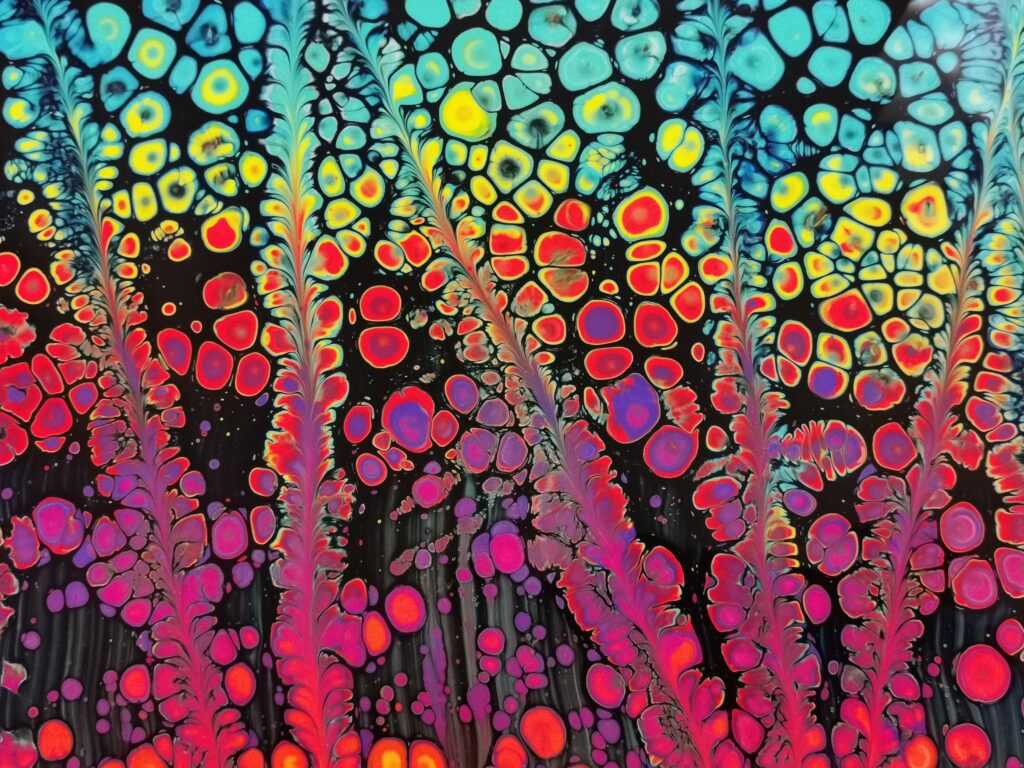 Photo by Fiona Art on Pexels.com
Photo by Fiona Art on Pexels.com
Having been in the solid-liquid filtration, centrifugation, and drying marketplace since 1982, I have long said filtration is both a science and an art. I’ve witnessed the overlap of theory of filtration with theory of creativity. The practical and creative together make what we do so exciting.
I entered the filtration business with Pall Corporation after five years with the USEPA and receiving my MS in Environmental Science from Washington University in St. Louis. With Pall Corporation, I learned a lot about the science and art of filtration, marketing and sales, R & D, communication, and processes. It was during this time that I realized the creativity in the filtration market; every process, telephone call, e-mail was another challenge to solve a problem.
Theory of Filtration
The theory of cake building filtration is based on Darcy’s law, describing the flow of fluids through porous materials. A practical equation was developed with a few assumptions:
- the build cake is (almost) incompressible
- the pressure during the cake building is (almost) constant
- the filtrate is clear (= (almost)) and all solids from the suspension do end up in the cake
- the resistance created by the filter media is negligible compared with the cake resistance
Experiences have shown that the following equation can be used:

This equation describes most cases of everyday filtration testing. The most interesting parameter is alpha, the sum of all “unknowns” such as particle size distribution (PSD), porosity, solids shape and size, etc. Hence, the creativity.
Theory of Creativity
Robert J. Sternberg, Professor of Human Development at Cornell University, has developed two theories of creativity: The Investment Theory and the Propulsion Theory. What follows is a summary of Robert’s theories.
The investment theory of creativity holds that creativity is in large part a decision. Creative people generate ideas that are viewed as novel and perhaps slightly ridiculous. Creative individuals, by their nature, tend to defy the crowd. They resist merely thinking or doing what others are thinking or doing. The greatest obstacle to creativity, therefore, often is not exactly strictures from others, but rather the limitations one places on one’s own thinking.
People are not born creative or uncreative. Rather, they develop a set of attitudes toward life that characterize those who are willing to go their own way. Examples of such attitudes toward life are willingness to (a) redefine problems in novel ways, (b) take sensible risks, (c) “sell” ideas that others might not initially accept, (d) persevere in the face of obstacles, and (e) examine whether their own preconceptions are interfering with their creative process. Such attitudes are teachable and can be ingrained in students through instruction that encourages students to think for themselves. Creativity comprises several different aspects: (a) abilities, (b) knowledge, (c) styles of thinking, (d) personality attributes, (e) motivation, and especially intrinsic motivation, and (f) environment.
Robert continues with his propulsion theory, as follows:
Some kinds of creative contributions move forward in an already existing direction. The most basic kind of creativity is (1) conceptual replication, which is a product that basically repeats what has been done before with slight variation. (2) redefinition is a reconceptualization of a creative idea, so that an idea that was originally proposed for one purpose subsequently is used for another purpose. (3) forward incrementation is the next step in a usually long chain of ideas. (4) advance forward incrementation is a next step that is a large leap beyond the last idea.
Other kinds of creative contributions take a new direction from previous work. (5) redirection is a contribution that moves a field in a direction different from that in which it has been moving. (6) regressive redirection is a contribution that takes a field in a new direction, but a direction that has been proposed earlier and perhaps discarded. (7) re-initiation is a contribution that not only moves a field in a new direction but also essentially starts a field over. Finally, (8) synthesis brings together previously divergent lines of thought, such as the invention of the seaplane.
Filtration & Creativity
Let me reiterate one of Sternberg’s observations: “The greatest obstacle to creativity, therefore, often is not exactly strictures from others, but rather the limitations one places on one’s own thinking.” I’ve written in the past about limitations that hinder our approaches to filtration. We can’t travel the same paths over and over again. We need to be willing to take a fresh look at each situation, think critically, test and test again, and innovate — with creativity.

